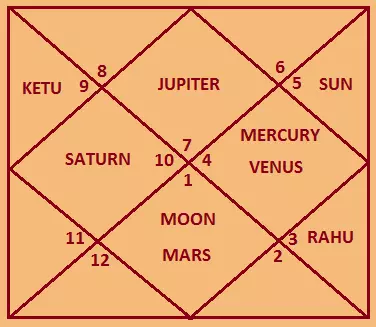Vedic Astrology Lessons

Astrology Lessons / Vedic Jyotish Lessons
Unlock the secrets of the skies with "Vedic astrology lessons", a comprehensive series taught by veteran astrologer Dr.A.S.Kalra. Whether you’re a curious beginner eager to understand the zodiac, planets, nakshatras, and Dashas — or someone seeking a deeper grasp of horoscope reading and predictive astrology - these carefully structured lessons guide you step-by-step. You will explore core principles, chart interpretation techniques, and time-honored methods rooted in Vedic astrology’s rich tradition. Embark on this journey with us to master your birth chart, discern planetary influences, and apply this wisdom to enrich your life.
Jyotish Lessons / Vedic Astrology Lessons
Lesson-1
Lesson-2
Lesson-3
Lesson-4
Lesson-5
Lesson-6
Lesson-7
Lesson-8
Lesson-9
Lesson-10
Lesson-11
Lesson-12
Lesson-13
Lesson-14
Lesson-15
Lesson-16
Lesson-17
Lesson-18
Lesson-19
Lesson-20
Lesson-21
Lesson-22
| No. | Type of Astrology |
|---|---|
| 1 | Indian Vedic Astrology |
| 2 | Western Astrology |
| 3 | Palmistry |
| 4 | Numerology |
| 5 | Tarot Card Reading |
| 6 | Chinese Astrology |
| 7 | Tibetan Astrology |
| 8 | Kabbalah Astrology |
| 9 | I-Ching |
| 10 | Runes |
| 11 | Mayan Astrology |
| 12 | Horary Astrology |
| 13 | Electional Astrology |
| 14 | Financial Astrology |
| 15 | Medical Astrology |
| 16 | Coffee Cup Reading |
Address: -Dr.A.S.Kalra Astrologer307, 3rd Floor, Tower-2 JM Park Sapphire Ramprastha Greens Sector-7, Vaishali Delhi NCR India |
Mobile/WhatsApp: -+91-8006959091 |
Email ID: -astro.kalra@gmail.com |
Web: -https://astrologer-astrology.com |

